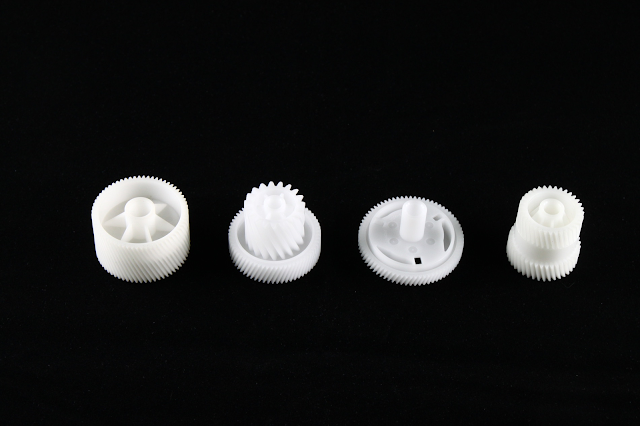Mold Design: Process, Importance, and the Role of a Mold Designer in Modern Manufacturing
Mold design China is an essential component of modern production
engineering, establishing the shapes of products in automotive, aircraft,
consumables, medical, and other industries. It is the process of carrying out
comprehensive planning, designing, and manufacturing equipment used to shape
materials such as polymers, metals, and glass into a certain shape. A suitable
mould complies with the finished product's standards, saves waste, and
increases efficiency and production.
This debate explains the topic of
mould design, as well as the duties and responsibilities of mould designers.
The goal is to shed light on how this important industrial sector may influence
and improve company innovation.
Mould design in a Press mold
maker is the process of creating a detailed map outlining the geometry of
the moulds. This intricate procedure includes specifying the mold's shape and
size, as well as other properties like thickness. It also entails specifying
additional components required to produce items with certain dimensions and
needs.
To achieve such results, mould
design must be optimized for accurate product form, functionality, and quality.
The mould must also fulfill the viability criteria for production loads on the
finished product. These criteria include flow and material, cooling, and
ejection. Mold design is an important factor that affects efficient production.
A mould is a sophisticated component that varies depending on the product being
produced. However, mould design adheres to a precise structure determined by
the mold's components.
The Role of A Mould Designer
A mould designer plays an important
role in modern production by precisely describing the properties of a mould.
This individual must create thorough drawings that correctly describe the
perfect portions of a mould to suit a certain product demand or standard. The
designer impacts production efficiency by the design decisions they make. They
combine the art of product design with technical procedures to produce
efficient moulds that enable excellent manufacture.
Mould designers must decide the design and manufacturing processes for the moulding products, as well as generate precise computer-aided draft models. They assist in determining the best mould materials for the procedure, as well as the proper cooling and ejection techniques.
Mould designers and MIM manufacturer, who are knowledgeable with CAD tools, materials science, and manufacturing procedures, hold crucial positions in new-generation production settings.





Comments
Post a Comment